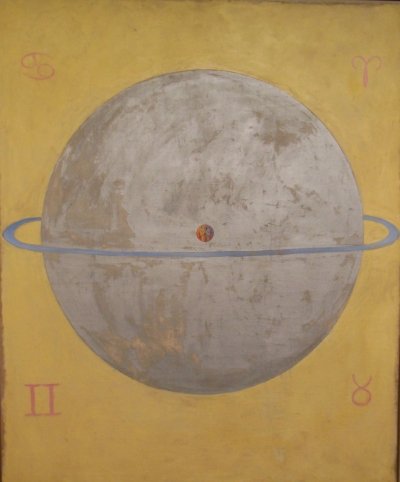In 1930 a new planet was discovered and named Pluto. The excitement in the astrological community was palpable: a new player was in the field! Where and how was one to integrate this avatar into the system? What did he represent? Consensus quickly evolved and Pluto was seen as a symbol of the times when it was discovered: splitting the atom, the threat (and power) of nuclear power, while totalitarian regimes took hold all over the globe. Pluto did signal an all powerful force to be reckoned with.
But which would be Pluto’s realm in astrological terms? The zodiac signs were all already assigned to their rulers. The planet next in line to be demoted to make room for Pluto had to be Mars (next in line after Saturn and Jupiter). Aries or Scorpio, which one would be assigned to a new ruler?
Think of the name Pluto. Wasn’t that the god of the Underworld? And wasn’t the 8th house (ruled by Scorpio) called the house of death? And had Scorpio not a reputation for dealing with all that was dark, secretive, brooding, mysterious, passionate? Soon it was a fait d’accompli for astrologers: Pluto was to be the new ruler of Scorpio, and Mars was to be relegated to the single domain of Aries. Did it not show astrology was moving with the times?
Nowhere among modern astrologers was this move questioned, on the contrary, it was welcomed and eagerly embraced. Pluto was now the energy of deep and primal power, unleashing unconscious forces that can overpower our rational minds and everyday habits in the form of ruthlessness, lust, violence, extreme force, and total transformation. With this move a picture of dark and seductive passion was added to the astrological display, kind of the elemental and brooding Heathcliff nature, an image of ourselves, astrologers thought, we might like to think of inhabiting ourselves. Pluto indeed has sex-appeal.
But I think Pluto does not belong in the astrological system.
(Revised Sep. 3rd 2019}
Pluto velificans, with a Cupid attending his abduction of Proserpina in a four-horse chariot (Roman cinerary altar, Antonine Era, 2nd century)


